10 Autumn Things For The Smart Gardener
Oct 1 2025How to make the most of autumn in the garden.
Autumn is here, and with it comes cool weather, much-needed rain, and dormancy for plants.
Read on for smart gardener things to do during the best season for making big changes in the garden.
1) Autumn is the time to plant.
Autumn is the best time in Tennessee to plant because the cooler temperatures reduce transplant stress on shrubs and perennials. Plant perennials such as Black Eyed Susans and Coneflowers now, and they will reward you with a beautiful display next spring. Plant bulbs such as Daffodils and Tulips around Thanksgiving.
Be sure to mulch any area you plant, as mulch conserves soil moisture, regulates soil temperature, suppresses weeds, protects from erosion, and gradually enriches the soil with nutrients as the organic matter in the mulch decomposes.
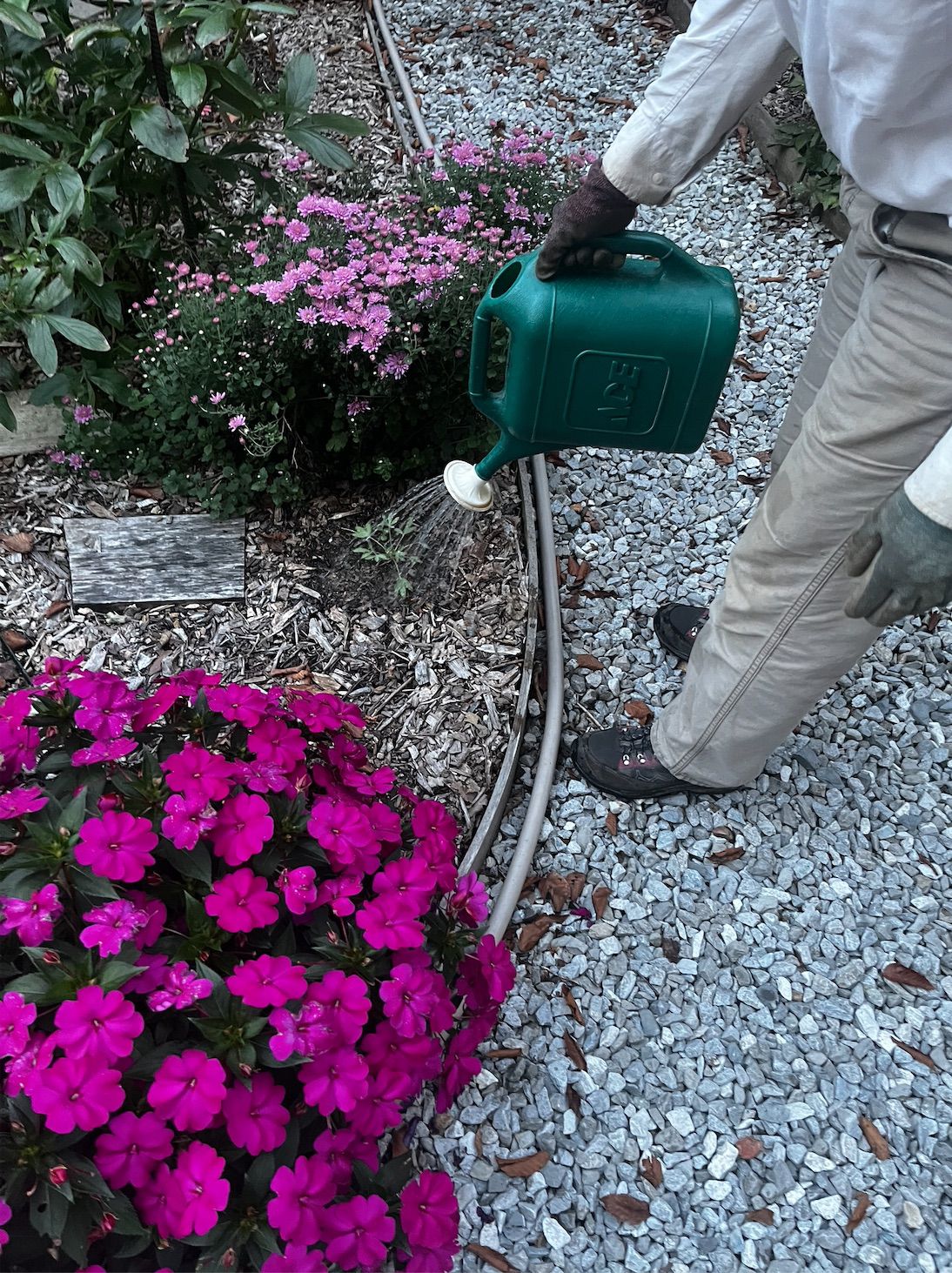
2) Autumn is the time to sow new grass seed on your lawn.
Smart gardeners sow fescue seed in the early autumn, after the summer heat but before the daytime temperatures drop below 70F°. Fescue seed needs warm weather to germinate, but not hot weather. After Labor Day through Halloween is the perfect window.
It’s also smart to sow seed before the leaves begin falling. There is no need to use straw when over-seeding an existing lawn, but try to time your seeding with imminent rain in the forecast.
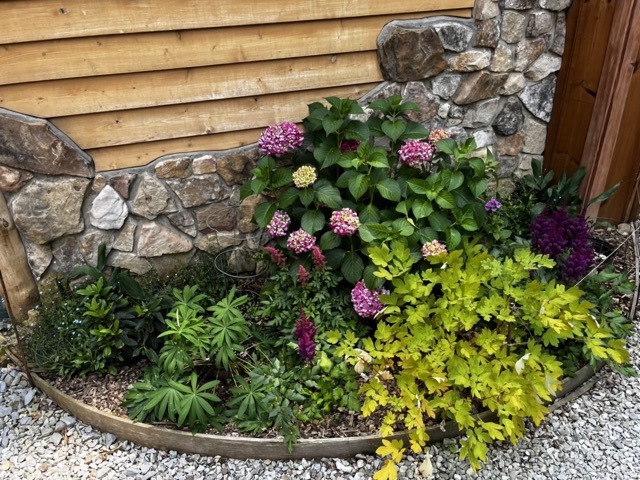
3) Start a new lawn.
If your lawn needs more than just over-seeding, autumn is the perfect time to plant a new lawn. Prepare the base by spreading a layer of Tip Top Soil over the existing soil, then seed fescue with a spreader. It’s smart to cover the seeded area with wheat straw, or the birds will make a meal of your new seed!
Use a starter fertilizer (a fertilizer with the first of the three numbers of the NPK analysis being the lowest). The best place to get such a fertilizer is at your local Farmers Co-op or a Landscape Supply store.
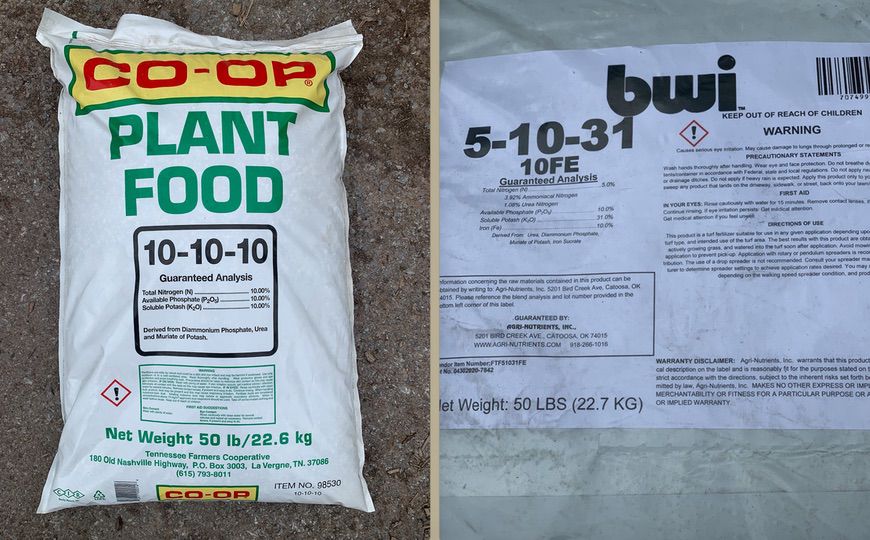
4) Save your leaves and start composting.
Always wanted to compost, but never got around to doing it? Autumn is a great time to start composting. Collect leaves that fall onto patios and driveways and into your landscaping. Find a remote spot in your yard and pile the leaves into your new compost site.
Save all the organic material you usually throw away (potato peelings, lettuce leaves, coffee grinds, eggshells). Just place them in a bucket in your kitchen. When the bucket is full, empty it onto the leaf pile and cover with leaves. You are now a certified composter, mixing the nitrogen-rich organic waste with the carbon-rich leaves. This mixture will serve you well when gardening resumes next spring!
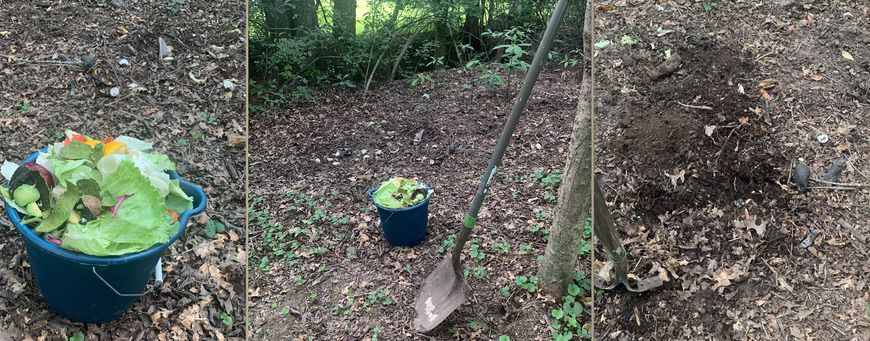
5) Mulch your leaves back into your yard.
Leaves are nature’s fertilizer and one of the building blocks of soil. Save your back and your energy, and instead of raking and disposing of leaves, mow leaves with a mulching mower. The fine particles of ground-up leaves are your lawn’s top dressing!
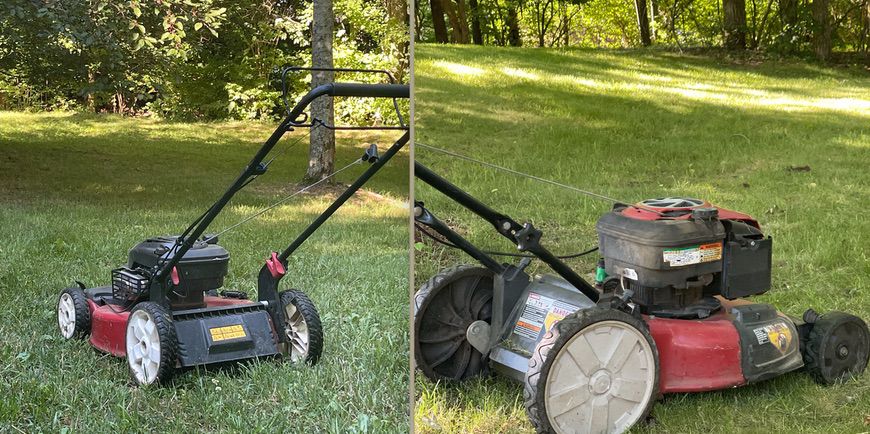
6) Don’t weed during autumn.
Summer is on its way out, and if you suffered from crabgrass and other weeds in your lawn during summer, it’s important to know that now is not the time to do anything about it. Why? We know it’s tempting to get out there and weed now that temps are dropping, but crabgrass and other weeds have already seeded your lawn with next year’s weeds. Over-seed your lawn with fescue now. The fescue is a cool-season grass and will germinate in the autumn, while the weed seeds will remain dormant until next summer.
But if we’re not going to tackle weeds now, when is the right time? The answer: winter! When winter rolls around, get a head start on reducing the presence of weeds by using a spreader to cover your lawn with a pre-emergent weed preventer, best done between Christmas and Valentine’s Day.
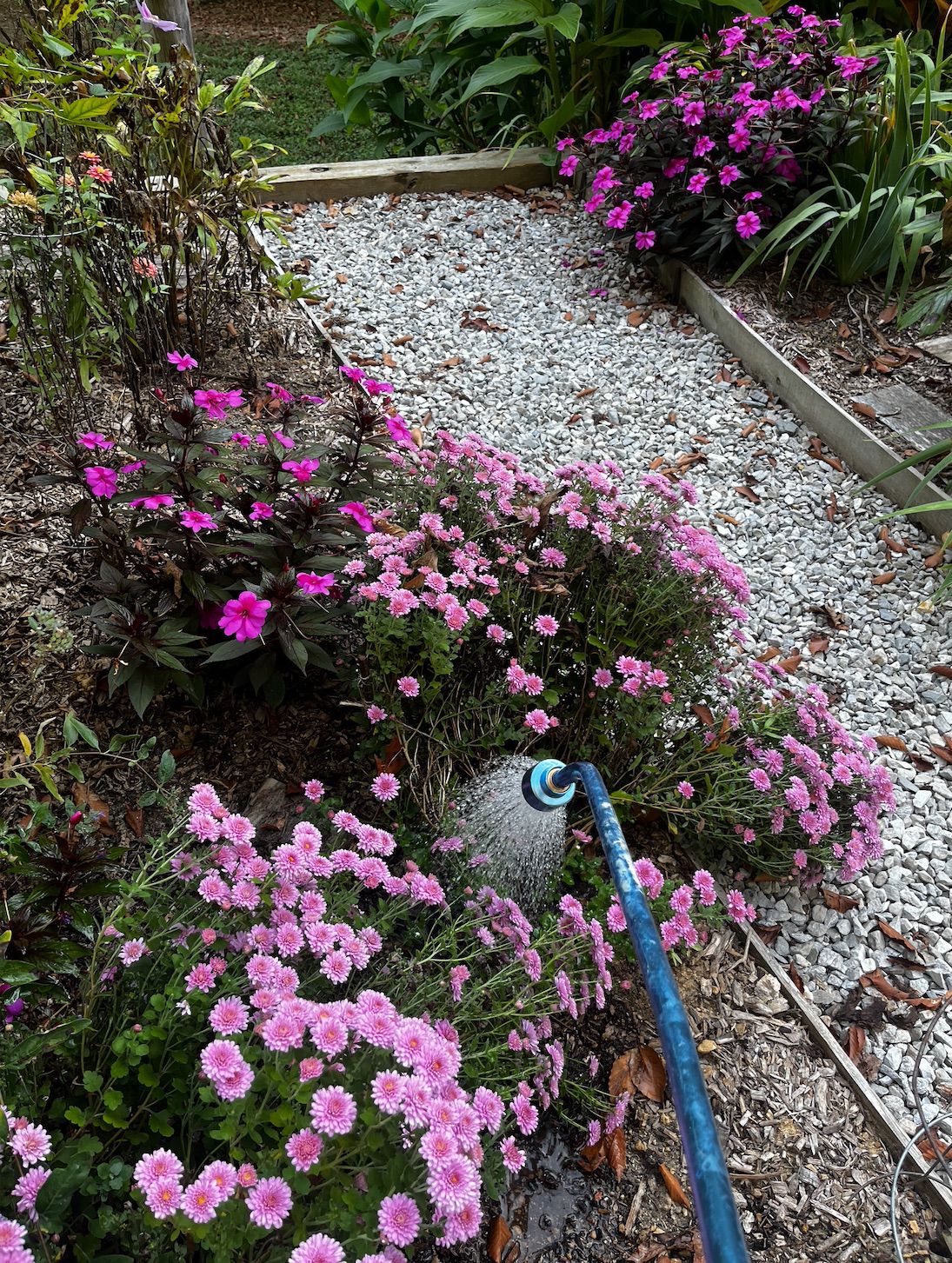
7) Mulch now, but don’t fertilize.
Spreading mulch in autumn is an excellent way to protect new and existing plants, garden rows, tree saplings, and flower beds. But hold off on the fertilizer for now. If you fertilize now, you will stimulate plant growth, especially if we have a mild or wet autumn. Then comes the frost!
No need to damage plants by encouraging growth during winter. Let them go into hibernation and help them by installing a protective layer of mulch around the base of your flowers, plants, trees, and shrubs to prevent damage to root systems from cold temperatures.
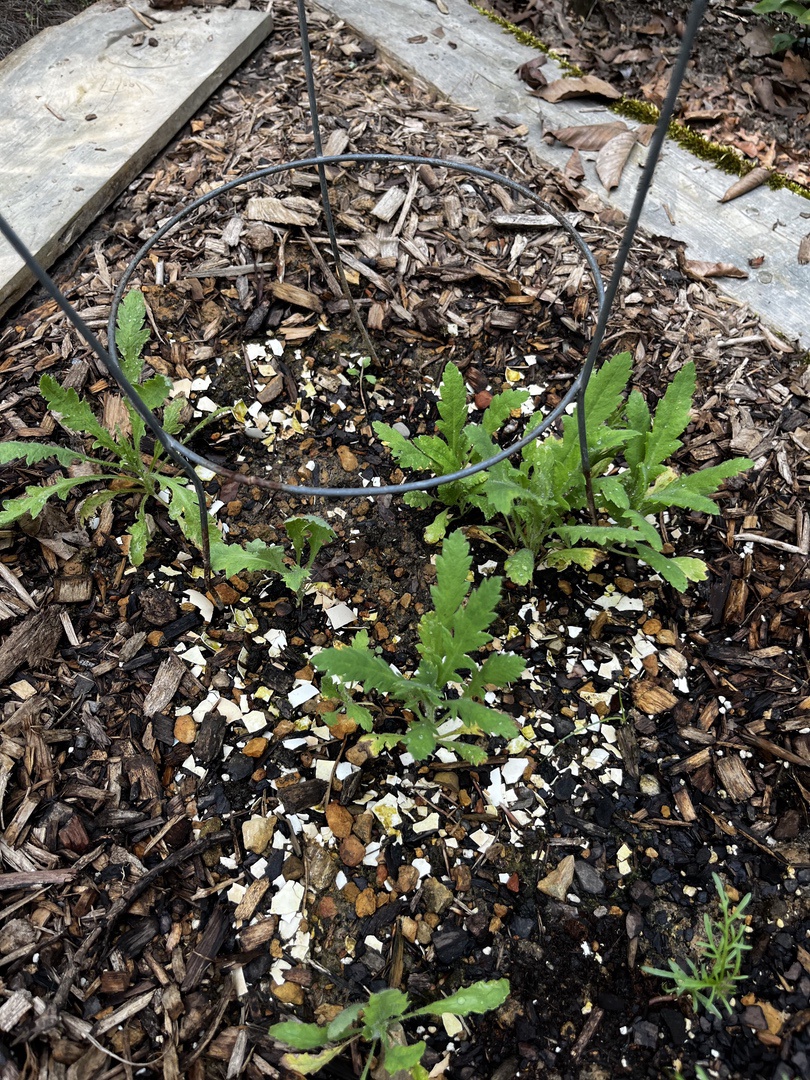
8) Spread topsoil.
For situations that call for new topsoil, autumn is the best time. From Labor Day to Thanksgiving is the best time to plant. This rule applies to planting shrubs, perennials, and trees. Fall is the best time for planting because plants go into dormancy during these brisk months, making it easier to transplant, plant, and seed.
Cooler weather means plants are less stressed by heat. And at the same time, the soil is still warm during the autumn months, perfect for root development! Tip Top Soil is fine for most projects, but if your planting plans involve acid-loving plants, consider using Ultra Soil, which is more acidic. Click here to learn more about the best soil for fall planting.
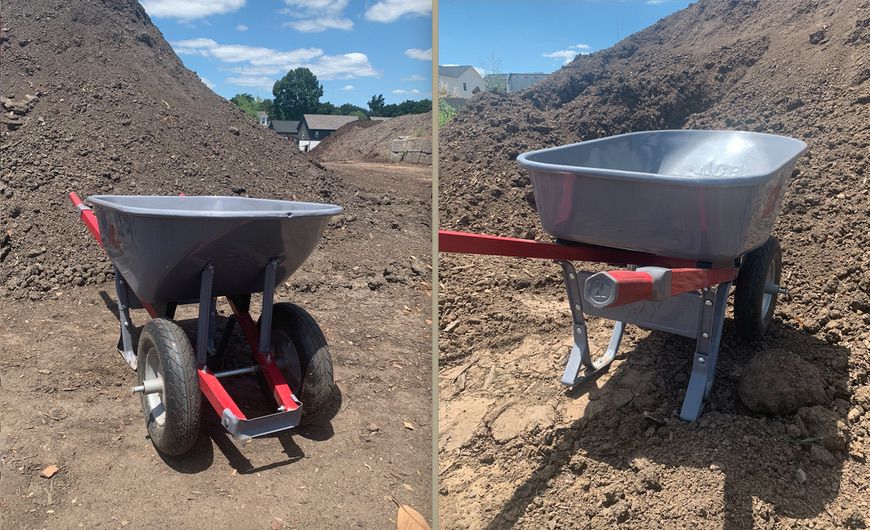
9) Build raised garden beds.
Everyone does raised garden beds differently, but we like to do ours in the autumn when it is cool and the timing is right for planting. Here’s how we do it:
-
Start by purchasing several old railroad ties and loosely stack them two or three feet high so water can seep out. Don’t bolt or glue the ties together; they need to be porous to allow water to drain.
-
Next, place big, tennis-ball-sized rocks in the bottom six inches of the bed. This is for drainage. If you don’t loosely stack your railroad ties with spaces between them and if you don’t create a layer of stones at the very bottom of the bed, you end up with a bathtub instead of a raised garden bed! That leads to plants dying from root rot. Overwatering and a raised bed that does not shed water are the two most common causes of failed gardens.
-
Next, place Ultra Potting Soil™ on top of the rocks. Then, plant your vegetables in the Ultra Potting Soil™.
-
To keep weeds out, we recommend that you mulch the plants as they come up. Mulch with Gourmet Compost™ (an organic leaf compost with Piney Fines™ added into it).
Click here to learn more about the best soil for raised garden beds.
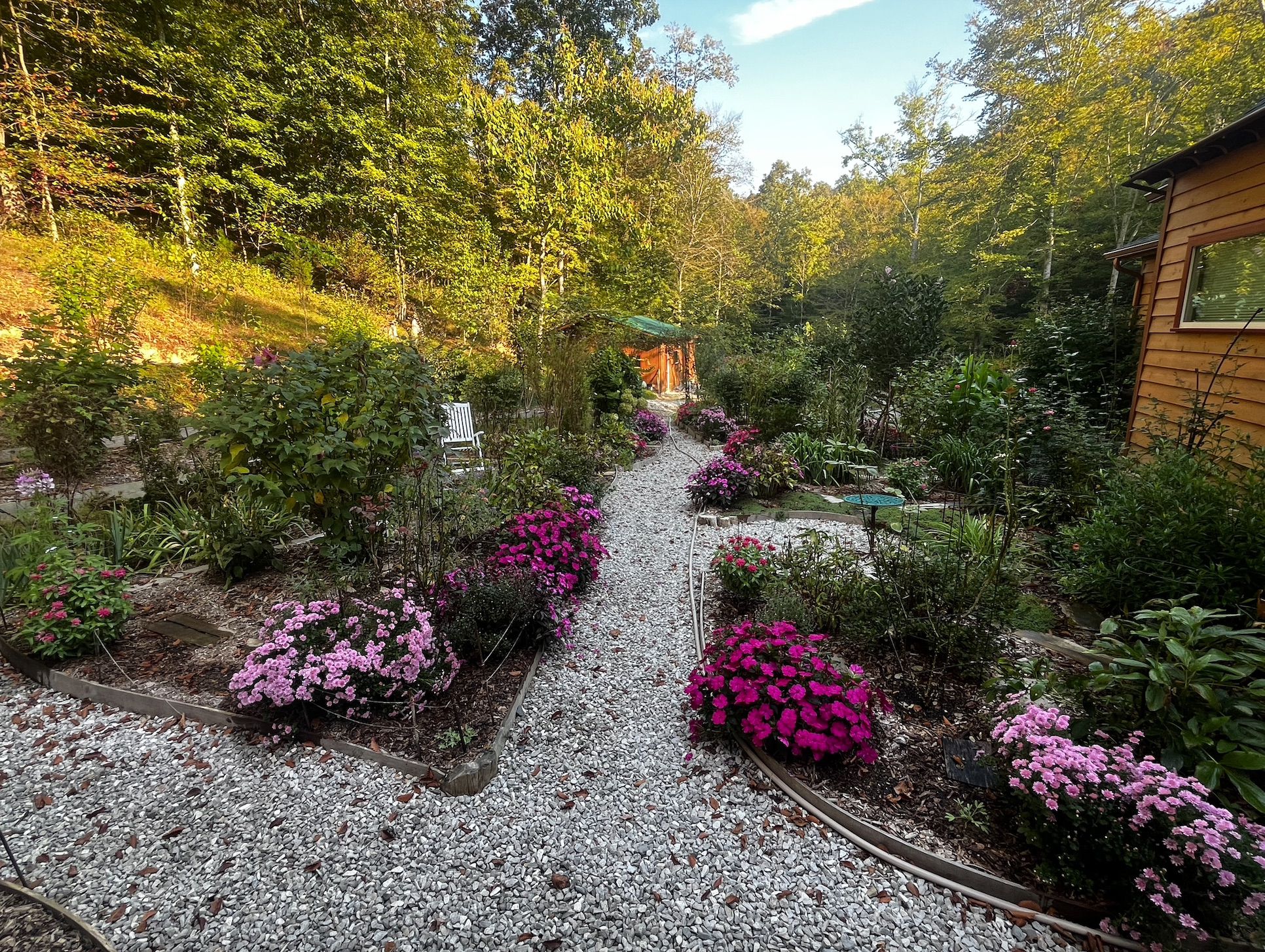
10) Get information from these resources.
We know autumn is the busiest time for gardeners in Tennessee. At Mulch Company, we have your mulch and soil needs covered, but here are some helpful resources to maximize your gardening potential during autumn:
-
To learn more about planting native trees, visit GroWild, Inc.
-
To learn about planting native shrubs and perennials, visit the Tennessee Urban Forestry Council.
-
To learn which mulch and soil products are best for your fall planting projects, visit our Product Info page.
The Mulch Company Promise
The Mulch Company is Nashville’s best mulch yard, producing and selling:
- The best mulch in Nashville
- Superior planting soils for all applications
- Organic compost for boosting plant growth
As a local and boutique mulch yard, our family-owned and operated business takes great pride in delivering beautiful mulches and soils that are aesthetic, healthy, and beneficial to gardens and lawns. If you have any questions about our products or would like to place an order, call (615) 356-2600, or visit our order page.


